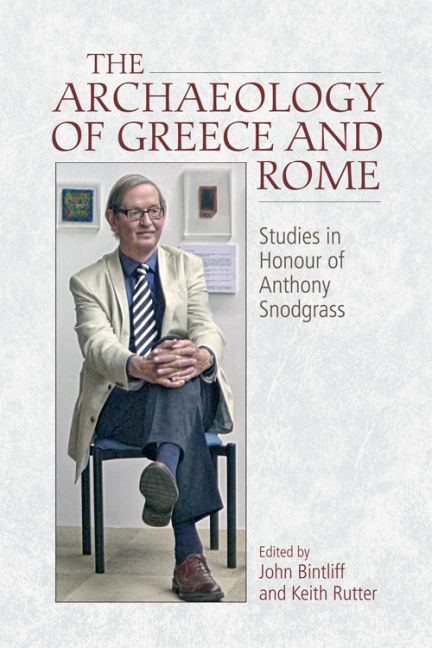Book contents
- Frontmatter
- Contents
- Preface
- List of Contributors
- List of Abbreviations
- Section I Prehistory
- Section II Around Homer
- 4 Homer and the Ekphrasists: Text and Picture in the Elder Philostratus' ‘Scamander’ (Imagines I.1)
- 5 Homer's Audience: What Did They See?
- 6 Homer and the Sculptors
- Section III The Archaic and Classical Greek World
- Section IV The Greeks and their Neighbours
- Section V The Roman and Much Wider World
- Section VI The Scholar in the University and in the Field: Personal Histories
- Index
4 - Homer and the Ekphrasists: Text and Picture in the Elder Philostratus' ‘Scamander’ (Imagines I.1)
from Section II Around Homer
Published online by Cambridge University Press: 26 May 2017
- Frontmatter
- Contents
- Preface
- List of Contributors
- List of Abbreviations
- Section I Prehistory
- Section II Around Homer
- 4 Homer and the Ekphrasists: Text and Picture in the Elder Philostratus' ‘Scamander’ (Imagines I.1)
- 5 Homer's Audience: What Did They See?
- 6 Homer and the Sculptors
- Section III The Archaic and Classical Greek World
- Section IV The Greeks and their Neighbours
- Section V The Roman and Much Wider World
- Section VI The Scholar in the University and in the Field: Personal Histories
- Index
Summary
Introduction
In his seminal 1998 book, Homer and the Artists: Text and Picture in Early Greek Art, Anthony Snodgrass makes no mention of the Imagines, or indeed of its author, the Elder Philostratus. As Anthony would no doubt remind us, one would need have a very late (probably Byzantine) view of ‘Greek art’ to conceive of Philostratus alongside the word ‘early’. Yet the Imagines, written at around the beginning of the third century ad, provides one of the most scintillating accounts of ancient painting to survive from pre-Christian antiquity; it probes the very categories of ‘text’ and ‘picture’ that defined Snodgrass’ project.
In this chapter, written in honour of a much-respected scholar by two students whose Classical archaeological education fell entirely within the orbit of Snodgrass’ Cambridge, we argue that Philostratus’ Imagines offers a series of reflections pertinent to Anthony's long-standing concern with pictorial (non-)mediations of Homer. As we shall see, Philostratus’ opening – and highly programmatic – tableau of Scamander (Imag. I.1) gives voice to a painting that draws its theme and inspiration from Homer. In doing so, the passage prefigures some of the interpretative quandaries with which Anthony would grapple over seventeen centuries later.
Before explaining what we mean here, perhaps we should begin with a brief word about the Elder Philostratus. Born around ad 170, and with an active literary career that spanned the first half of the third century (mainly in Athens, it seems, but perhaps after an earlier spell in Rome), Philostratus is one of the finest prose writers of the so-called ‘Second Sophistic’. His written Greek (especially in the Imagines) is not easy: he frequently uses rare or antiquarian words, often delighting in punning formulations; like other Second Sophistic authors, Philostratus also alludes to a range of earlier writings in verse and prose (a good deal of it no longer extant to us), and across a broad spectrum of poetic, historical and philosophical genres. Philostratus is the main historian of the sophistic movement (in his two-book Lives of the Sophists). But he was also a pioneering writer of pre-Christian hagiography (in his eight-book Life of Apollonius of Tyana).
- Type
- Chapter
- Information
- The Archaeology of Greece and RomeStudies In Honour of Anthony Snodgrass, pp. 57 - 99Publisher: Edinburgh University PressPrint publication year: 2016

